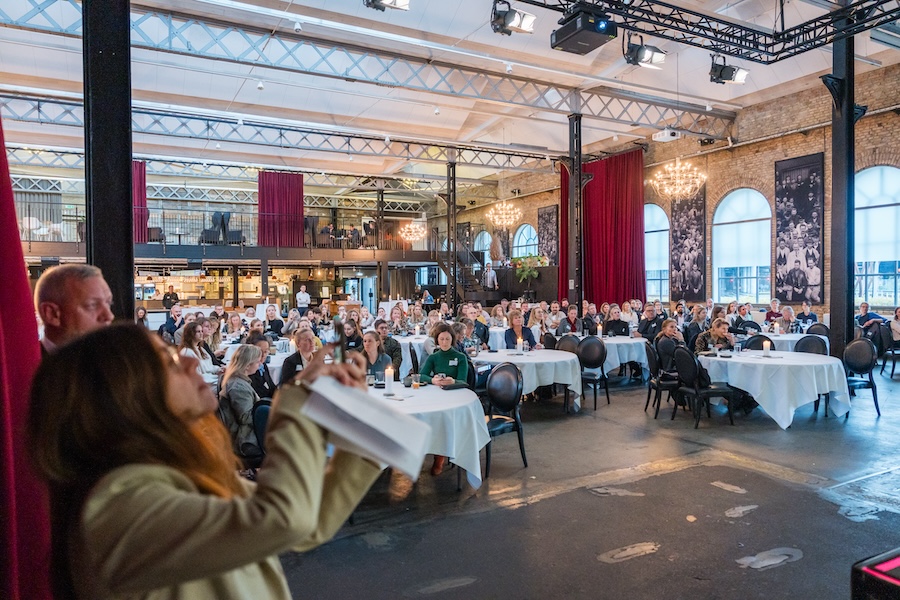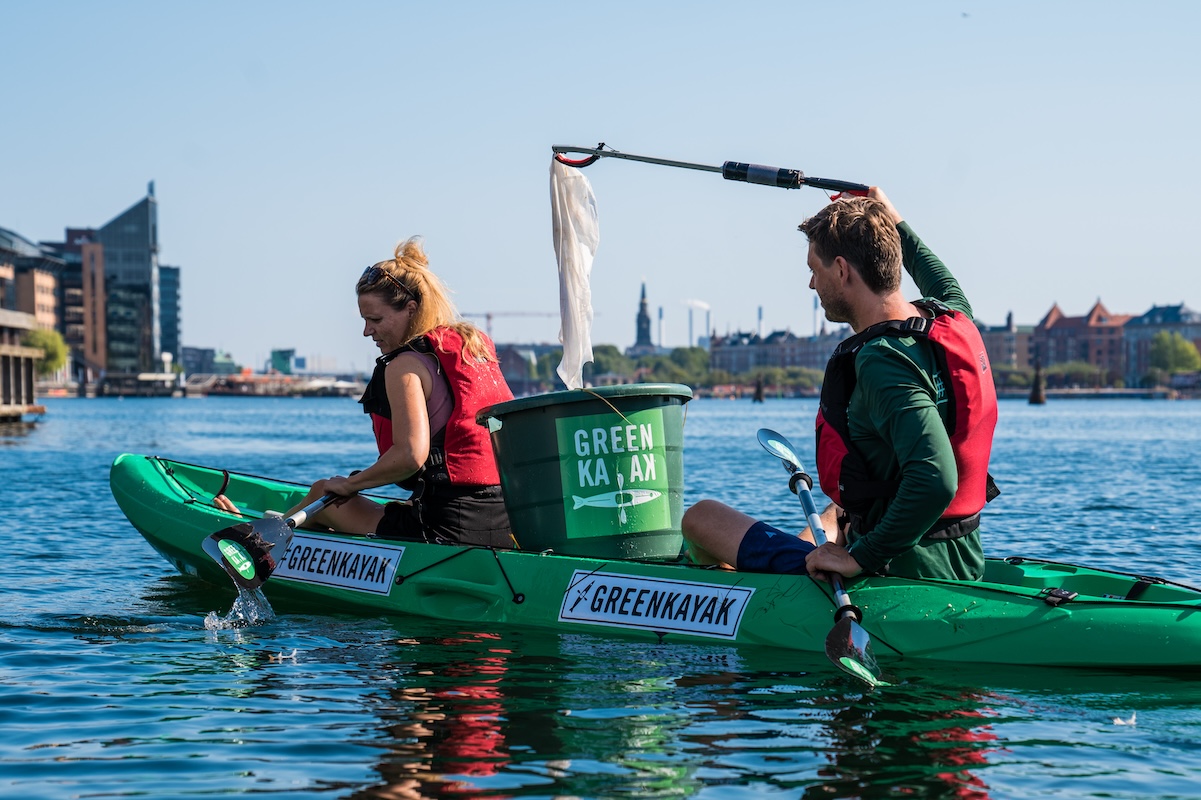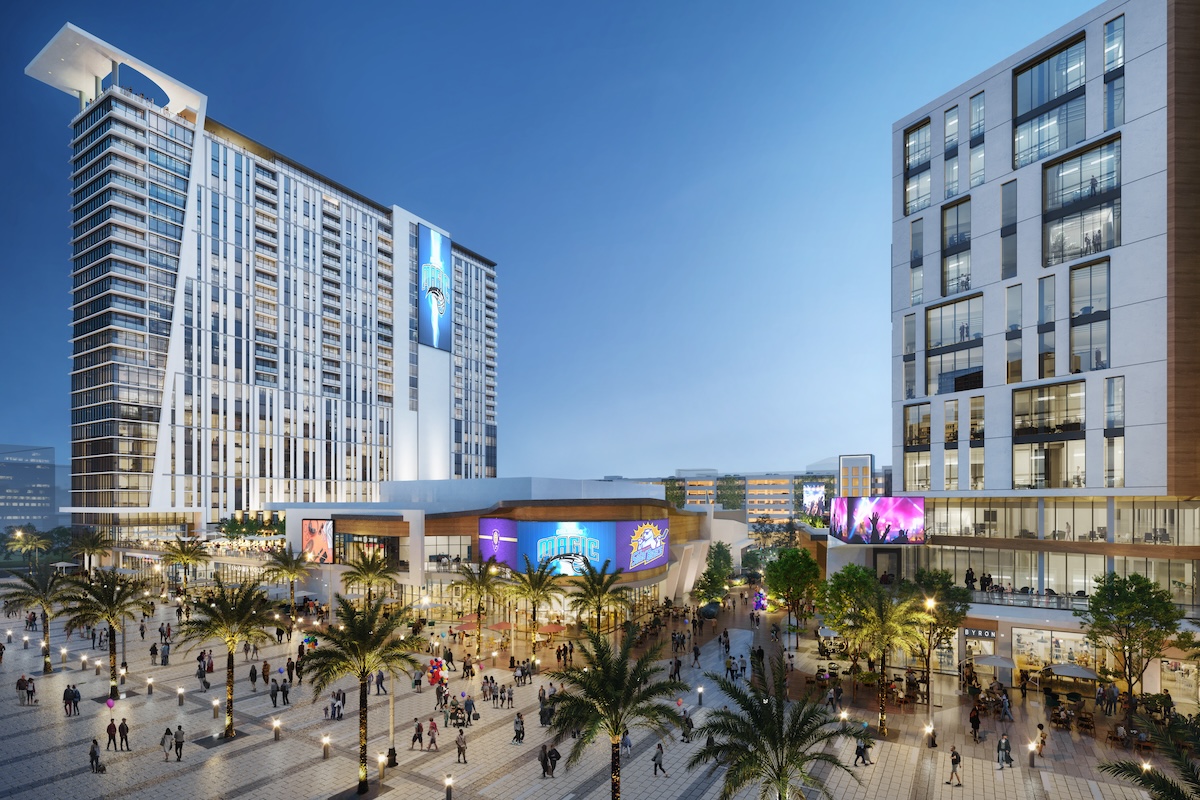Skift Take
If there's anything more challenging than executing a successful event legacy, it's developing a plan to measure that success. Here are tips and tricks to make the process more efficient and effective.
This content was created collaboratively by MeetDenmark and Skift’s branded content studio, SkiftX.
It’s one thing to say that an event has left a meaningful legacy, but how do stakeholders know it’s happening? The short answer is that it’s necessary to measure the value of event legacy projects. No small task, it’s a mission that requires ongoing collaboration to establish target metrics and develop a plan for tracking progress — both in the short term and in the years after the event.
To help overcome this challenge, MeetDenmark made legacy measurement a major focus of its latest report, Powering Meeting Legacies: New Insights for Associations & Host Communities. Their research shows that a more intentional measurement process doesn’t just effectively tackle the challenge of defining and agreeing on KPIs — it can help shape event legacy design from the very first stages of strategic planning. An entire section of the report is devoted to explaining this principle in practice.
Here, we’ll summarize a few key insights that were found to apply across all nine case studies analyzed by MeetDenmark’s researchers.
Measurement Should Be Part of the Plan From the Outset
MeetDenmark’s report demonstrates a method called “backwards design.” The first step is to identify a vision, focus areas, and concrete and measurable goals at the beginning of the ideation process, and then work backwards to create a plan for achieving (and measuring) them.
It’s also essential to involve the core stakeholders at this preliminary stage. Having alignment on vision gives the legacy steering committee (LSC) a solid basis from which to create and select legacy initiatives and the targets/KPI’s.
To kick off the process, the central stakeholders like the association, the local host, and the CVB/destination must work together to ask themselves: “What would success look like?” (Download the second pdf available at the following link to access a helpful exercise booklet that MeetDenmark prepared.) For instance, imagining a future newspaper article about the event legacy’s success can be a very productive exercise. This helps with creating goals and translating the legacy visions into commonly understood KPIs, at the same time providing aspirational value. Once stakeholders have a clear understanding of how they stand to benefit, they are more likely to buy into the project — and commit to measuring its progress.
The SMART criteria provide a handy blueprint for framing goals that are both mission critical and achievable: They should be specific, measurable, attainable, relevant, and time-bound. The LSC must work together with stakeholders to ensure alignment on what objectives qualify as SMART from each of their perspectives. This ensures that stakeholders have the capacity to fulfill their measurement roles, in turn avoiding over-ambitious commitments to an impractical number of initiatives.
Additionally, the LSC can lean on stakeholders to help identify what kinds of metrics can realistically be tracked.
Both the “Who” and the “What” Matter
What needs to be measured, who tracks the data, and who reports on it? It’s essential to develop a clear protocol. “Pressured by financial constraints, knowledge gaps, and time scarcity, stakeholders may be tempted to suggest faster, easier and less meaningful legacy measurement strategies,” the report notes. Some may be tempted to use attendee numbers as a quick fix for measuring event legacy success, but they do not necessarily prove any kind of direct outcome or long-lasting impact. In measurement terms, attendees are essentially an input measurement, not an output measurement. Instead, the report recommends tracking “the extent of their knowledge acquisition, how that knowledge was applied and to what measurable effect.”


Creative approaches to monitoring and measuring event legacy success can go a long way to ensuring continued engagement. For instance, consider running an award program that requires stakeholders to submit regular reports based on predetermined criteria.
Wherever possible, the LSC should also position their goals to align with local, national, and international development priorities. This ensures that the legacy project contributes to meaningful causes with widespread support systems already in place. Moreover, this kind of strategic alignment makes it possible to leverage existing success indicators, baselines, and measurement practices, which are often available through government reporting.
Existing frameworks — such as the UN’s Sustainable Development Goals (SDGs) or sectoral-specific indicators like cluster goals — can also help to structure the measurement process. When those frameworks don’t map on to everyone’s legacy goals, MeetDenmark’s research suggests that it’s key for the LSC to remain flexible and responsive. It may even become necessary to create bespoke measurements. This can add an additional layer of commitment for stakeholders, so the CVB should build in capacity to make sure that KPI measurement tools are adaptable.
By establishing a clear protocol for how each stakeholder will contribute to KPI measurements, the LSC not only secures buy-in, but also creates a clear roadmap for new collaborators if a change in staff should occur partway.
Use the Right Tools to Assess Immediate, Middle, and Long Term Legacy Effects
Legacy projects are embedded within existing local and global contexts, which often makes it difficult to pinpoint where an event’s influence begins and ends. To accurately measure just how much change an initiative has created, a range of tools will need to be leveraged.
These potential partnerships function better when the LSC is intentional about outlining each stage of measurement:
- Meeting Outcomes Measurement (for direct, immediate effects)
- Meeting Impacts Measurement (for direct, longer-term effects)
- Community Legacy Impact Measurement (for knock-on, long-term effects)
The community legacy impact may be the hardest of the three to measure accurately. LSCs can leverage existing local research from universities and knowledge creators to establish baseline benchmarks. This can help set frameworks for understanding how legacy projects reshape the status quo and build value within both immediate and global communities. In turn, these sorts of partnerships enable associations to measure both the event’s direct impact and its much more elusive knock-on effects. Both are essential in determining if the event has made a real difference.
Legacy Keeps Happening After the Event — Reporting Should, Too
It can be easy to lose track of event legacy projects once attendees have left town, but the whole point is to continue creating positive effects in both the middle and long term. To assign clear responsibilities during this crucial follow-up period, it’s key to develop a plan for how reporting will continue long after the event doors close.
Primary responsibility for post-event measurement typically falls with the destination, with either the chair of the LSC or the CVB reporting progress to the event organizer. A helpful strategy can be to identify a legacy task manager who can keep track of both short- and long-term event legacy outcomes. Part of this role involves acting as a go-between for event organizers and local destination organizations, in this way collecting and communicating valuable data. In turn, the legacy task manager can help to coordinate a dedicated annual report for each event legacy project.
At the same time, the CVB should assess progress across legacy projects when communicating with local and national governments.
In the new world of event organizing, it’s worth thinking about how event legacies can create value for associations, planners, and attendees alike — not to mention the wider community.
When the true impact of an event is tracked, everyone involved benefits from a better understanding of how much value was created through their investment into the collective legacy project.
Learn more about how to mobilize a productive event legacy collaboration by accessing MeetDenmark’s full report.
This content was created collaboratively by MeetDenmark and Skift’s branded content studio, SkiftX.
Photo credit:






